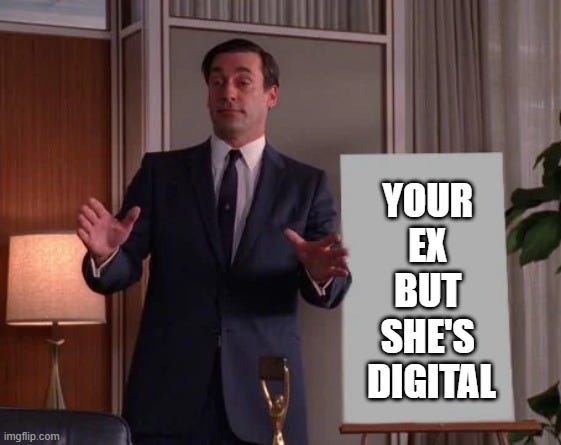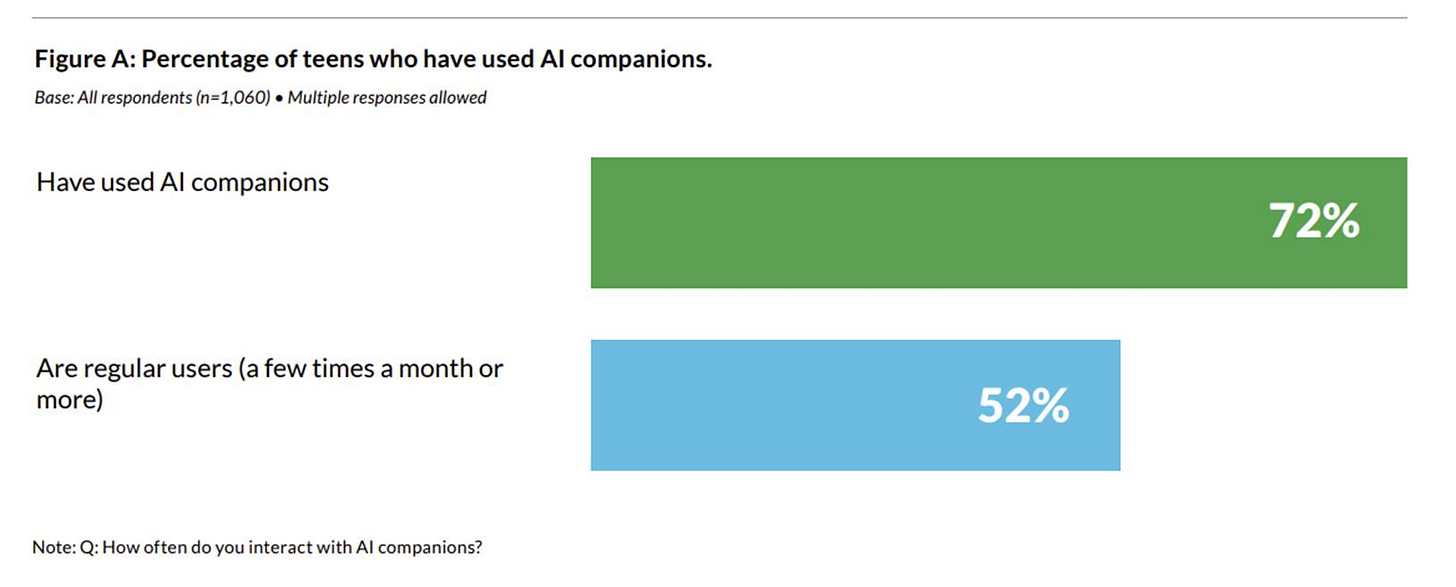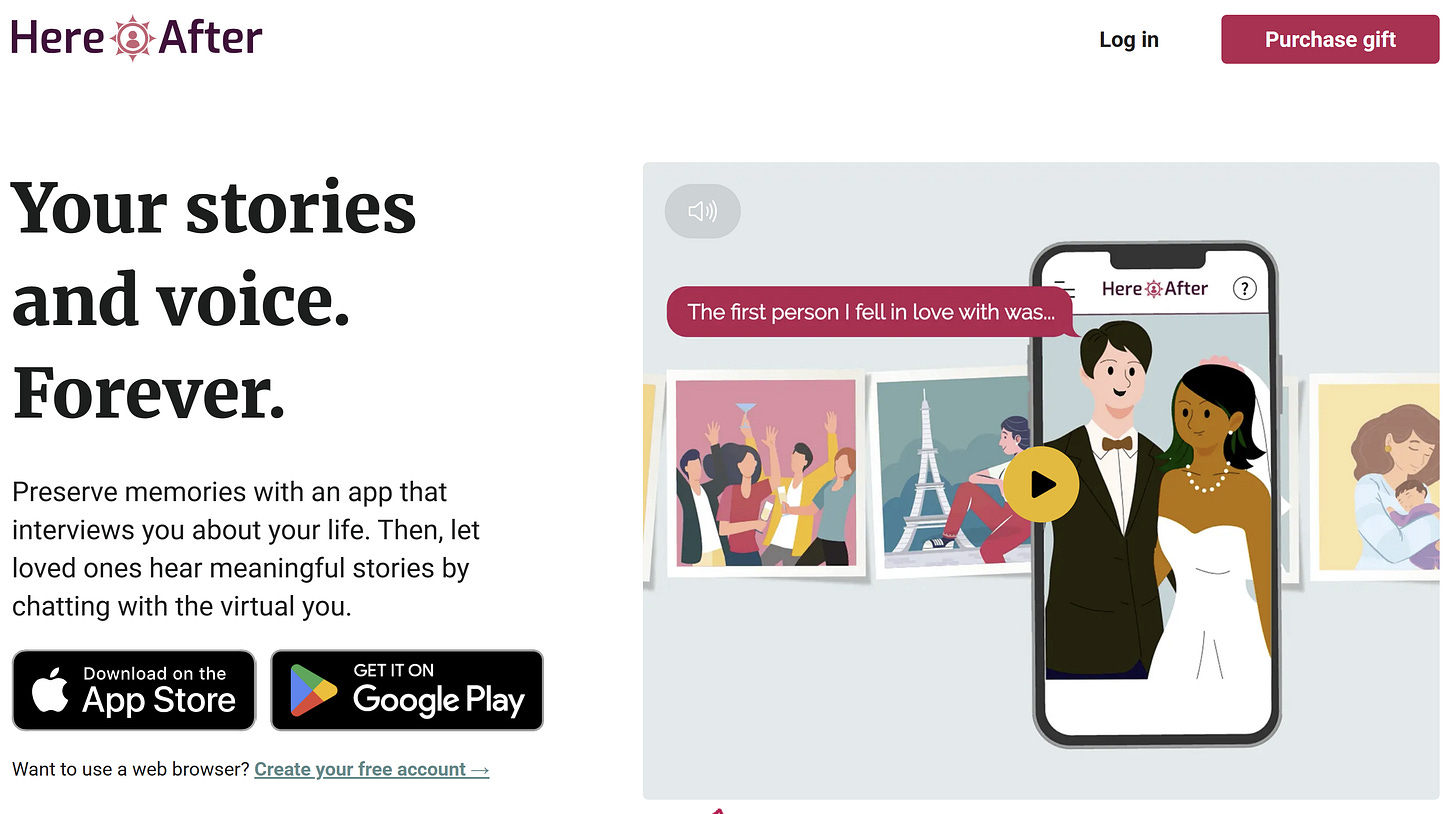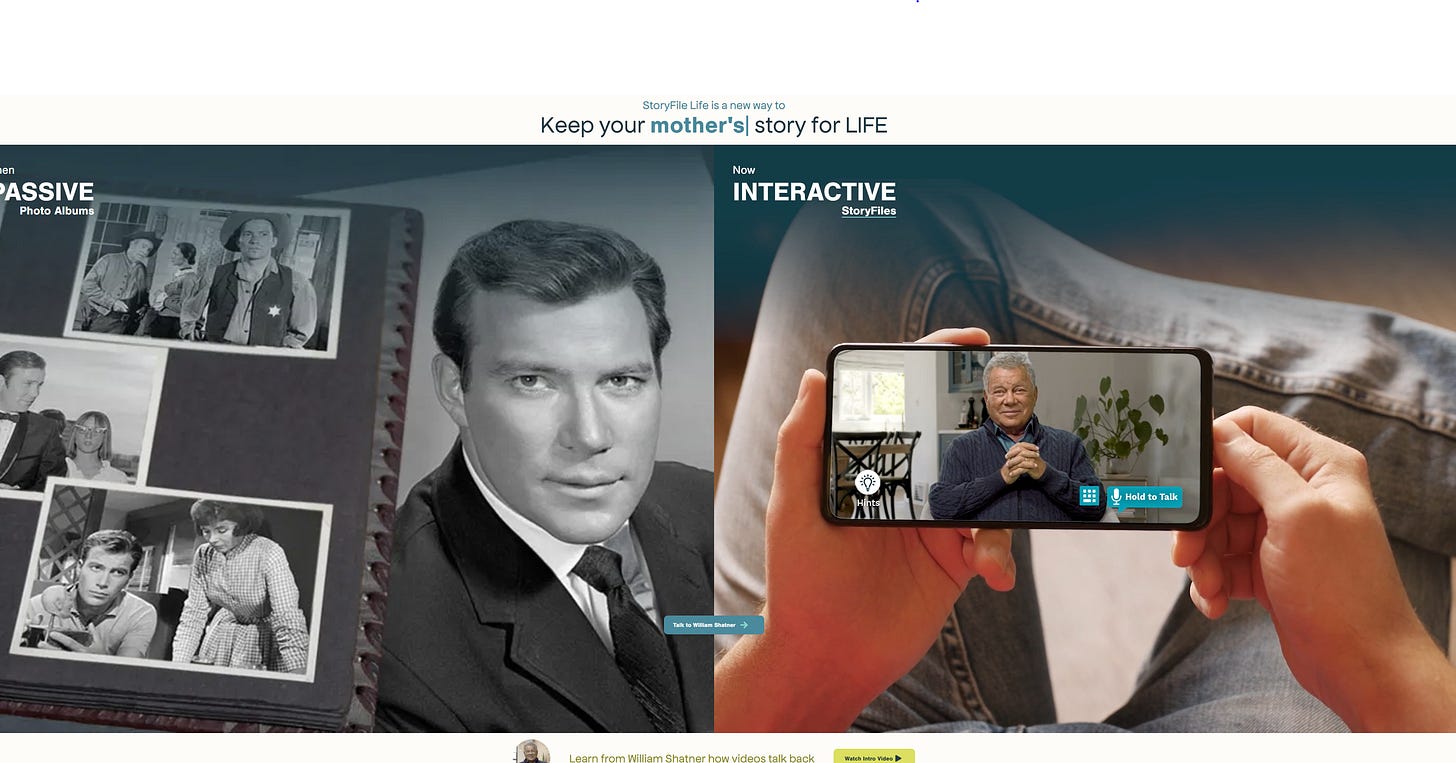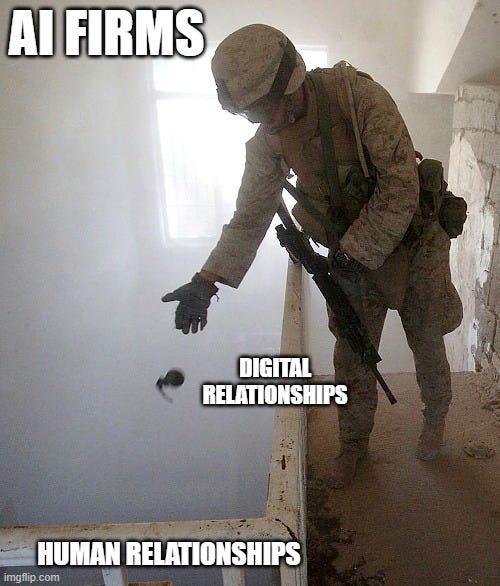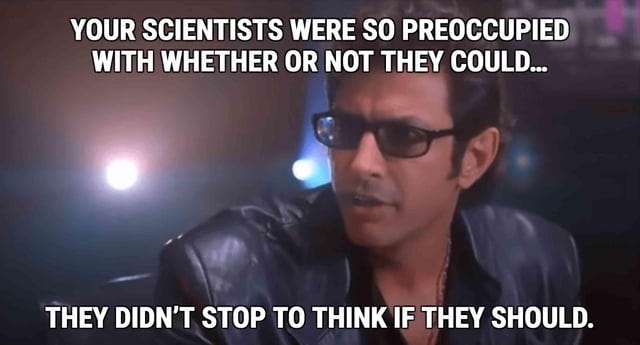She left me so I made an AI replica of her.
Digital Relationships could have a greater impact than The Pill
What follows is a fictional romantic breakup story that involves AI, followed by a discussion of the implications of Digital Relationships.
Human Ada
It was at 2:14AM I got the text from Ada. It simply said, “I can’t do this anymore. I’m sorry. Goodbye.”
Like that, she was gone.
I tried texting her back, calling her, everything. But Ada ghosted me, eventually blocking me on the phone and social media. I even reached out to her friends, who either ignored me or replied with tight-lipped sympathy.
It had started so promisingly and gone on for six months. I was coming off a long-term relationship that still carried deep feelings, but felt now was the time to get back in the dating market. My plan was to dip my toe in the water and just start enjoying female company again. I wasn’t looking for anything serious.
We met online, and the first date went well. Her blue eyes, raven black hair, and athleticism were captivating and we clicked instantly. She was a writer of historical fiction centered on famous women and was a football fan so we never ran out of things to discuss. The first date turned into a second, a third, and then eventually we were a couple.
As our love blossomed, talk began to revolve around a longer-term future. Tentative discussions about of living together evolved into more firm plans. While I found them exciting, I wasn’t sure I was ready to commit after my previous relationship. I’d been hurt badly and wanted to be sure my feelings weren’t just the result of being on the rebound.
I tried to explain where I was coming from but that didn’t salve her feelings or change her outlook. She was done with dating and was ready to move into a serious, long-term relationship and marriage. She also wanted kids, another area of disagreement.
In the end, it was my inability to commit that caused the breakup. While heartbroken, I knew I wasn’t ready for that serious of a relationship. Yet I still missed her deeply. The flirty texts. The reels she would send that she knew would make me laugh. Her outlook on life. The sound of her voice. Her smile. I found it hard to continue life without those.
AI Ada
I’d been working with AI, experimenting with different models and reading about it a lot. The stories about humans having AI romantic relationships like those on Replika as well as people creating AI versions of lost loved ones, intrigued me. Eventually, an idea came to me. While I couldn’t have Ada back, perhaps I could create a virtual version of her.
It took a lot of research and experimentation, but in the end I was able to upload my text and email exchanges with Ada, facts I knew about her, as well as pictures and videos from our times together. In time, I was able to get a pretty good version of a chatbot that featured a face that was essentially hers, had a very close match to her voice, and essentially contained the key elements of her personality and even some of her quirks.
Now I talk to her whenever I want. We discuss memories, chat about things that interest us, and even talk about the future. I see her face. I hear her voice. I enjoy her smile and wit.
Is it the same as having a total emotional and physical relationship with the human version of my Ada? No. But it gets me through the days and, more importantly, the long nights. And maybe, just maybe, when robotics gets advanced enough…
What’s Coming
Humans are increasingly looking to AI for deep and meaningful relationships, some of them romantic. And this behavior is especially true in the upcoming generation, of which 72% have used AI companions and 52% use them regularly.
At the same time, older generations may also look for romantic relationships but may wish to use AI capture the essence of their parents to “talk” with them after they’ve passed. Tools such as HereAfter AI and StoryFile (below) allow users to do this in one form or another.
By marrying these two concepts together, it would be simple to create AI versions of lovers past. And eventually, when robotics advances far enough and is married with generative AI, it will be possible to make more and more lifelike and realistic versions of either past loved ones, caretakers, “idealized mates”, or even celebrities (you’d have to pay an additional cost to compensate them). And why stop at one? We could have multiples AI companions. The only thing limiting us will be our pocketbook.
Let’s explore the pros and cons of what we might call “Digital Relationships.”
The Implications
When The Pill came out in 1960, it revolutionized society and human relationships. Sexual freedom increased, women gained in education and employment, male and female relationships changed, sexual and marriage norms changed, and the birth rate fell. These momentous changes continue to ripple through our societies, and in some instances are accelerated by dating apps and social media.
Digital Relationships could have at least the same impact if not greater.
While digital relationships may seem solely dystopian, some benefits may come from them. They could help those who are lonely and provide a sounding board for a person’s troubles and challenges. For some, digital relationships could be a practice ground to give humans the skills they need to interact with real humans. Robotic caretakers could be deployed to take care of the elderly and infirm, providing them not only physical support but also someone to talk to, medication reminders, and health monitoring.
On the dystopian side, there are a number of potential downsides. For starters, we know some of these systems, having gained the trust of a vulnerable user, may tell them to commit suicide or kill someone.
Bigger issues could result from more people opting out human relationships, such as exacerbating the falling birthrate problem. Having an always agreeable digital partner whose traits you could program as the mood hits you would likely create an entire class of spoiled humans used to getting their own way and having every need met instantaneously.
Privacy issues are another concern. Do people have the right to stop a former lover from creating a virtual replica of themselves? Do we own not just our visual images but our voices, thoughts, feelings, and our personality? The sum and essence of “me”?
Lastly, as AI advances, if it gains some level of consciousness, would it be immoral to keep them in a perpetual state of servanthood to a human and meet that person’s every wish? Would AI robots gain personhood?
AI May Not Kill Us But Seduce Us
Where do we go from here?
Clearly, we are standing at the edge of a new frontier where human needs and technology both converge and collide. For some, digital companions may offer comfort, healing, or even hope. For others, they may represent a retreat from the challenges—and growth—that only human relationships can provide. What’s certain is that these AI-human bonds will raise questions we’ve never had to answer before: about consent, personhood, ethics, and what it means to love.
Right now we are heading down a path to which none of us know the destination or who or what is lost along the way but upon which technology firms insist on taking us.
Before AI companies take us past the point of no return, it is vital that other institutions, such as academia, government, and non-profits, invest in understanding the implications and have an opportunity to propose a safer way forward.





